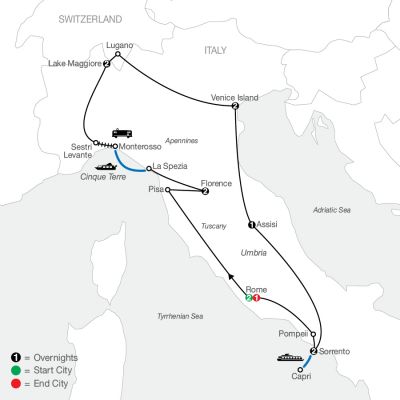
"It's still a food-driven market," he says. While much of the credit (or blame) for rising food prices gets heaped on ethanol, Prokopanko thinks ethanol is getting a bad rap. "If you look at the supply and demand numbers, you can see there's a lot of pricing momentum for fertilizer companies," says Robb Parlanti, a senior portfolio manager at Turner Funds, which owned 1.6 million Mosaic shares at year-end. Fertilizer prices are tied to grain prices, and it's hard to see a scenario whereby food prices don't keep rising long-term, even if there are some dips along the way. Valuation isn't the only reason Mosaic remains an attractive long-term holding. Higher food prices, more demand for fertilizer of Saskatchewan ( POT) (18), and Monsanto ( MON, Fortune 500) (30). It also represents a discount to ag-sector peers Syngenta ( SYT) (18 P/E), Potash Corp.

That's a shade lower than the forward P/E of the S&P 500 (whose collective earnings are projected to be up only 7%, vs. Its forward P/E-the ratio of Mosaic's stock price to next four quarters of projected earnings per share-now stands at 14. Indeed, Mosaic's earnings are growing so rapidly that the stock looks underpriced despite the massive run-up. Yet Merrill Lynch analyst Don Carson declares in a recent report that while Mosaic's latest earnings rise is "significant, it will appear minor when compared to the margin expansion in coming quarters." Carson's rationale: Mosaic was selling both potash and DAP for less than half current market prices last quarter, on account of a time lag in its sales contracts. That three-month profit tally was more than Mosaic earned in all of 2007, 2006, and 2005 combined. Mosaic's stock gained 342% last year-the best showing of any Fortune 500 company-and it's up another 25% so far in 2008.Īs for Mosaic's earnings, they were up 1,134% in the quarter ended February 29th, to $521 million, from $42 million in the same quarter last year.

Mosaic's share price and earnings growth have followed similar trajectories. Since 2006, potash prices have increased 190% while prices for DAP have risen 400%. (You know the cliché: it wasn't the prospectors who got rich during the California gold rush but the folks who outfitted them.) Along the way, Mosaic has become to the "dot-corn" era what Cisco was to dot-com: the pick-and-shovel stock of a new boom. With global food demand rising and biofuels consuming an ever-bigger slice of the grain supply, the prices of corn, wheat, rice and soybeans have all doubled or tripled since 2006, driving up demand for fertilizer. "The returns in fertilizer were very poor, and there just wasn't enough money to go around for all the players," says Mosaic CEO Jim Prokopanko, a former Cargill executive who took Mosaic's reins in January 2007.įood riots raging in Haiti and Egypt demonstrate how much has changed.

As recently as 2006, Mosaic was losing money and was considered by analysts and investors to be one of the agriculture sector's weakest companies. Not so long ago, those designations weren't worth much.


 0 kommentar(er)
0 kommentar(er)
